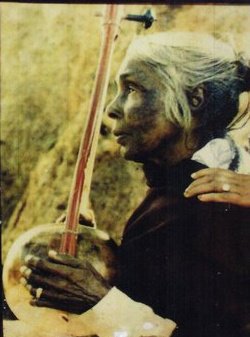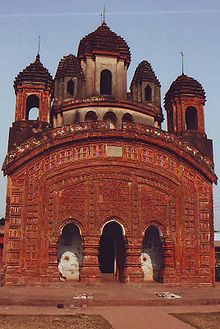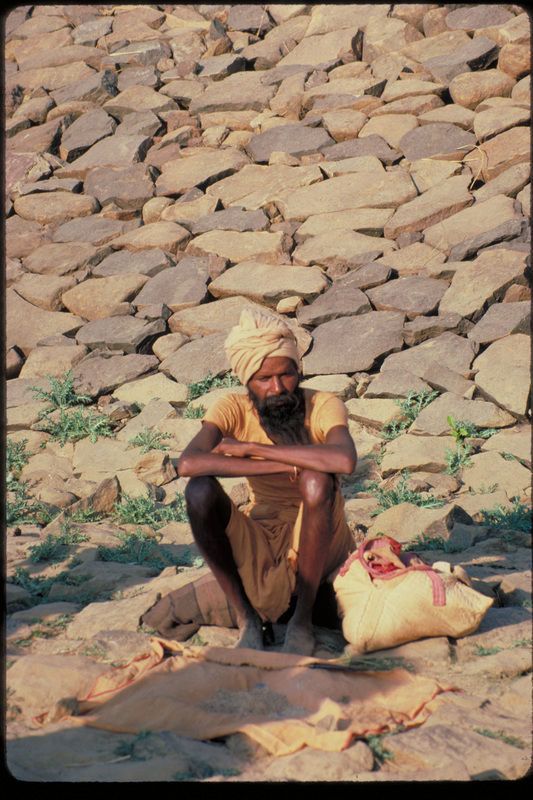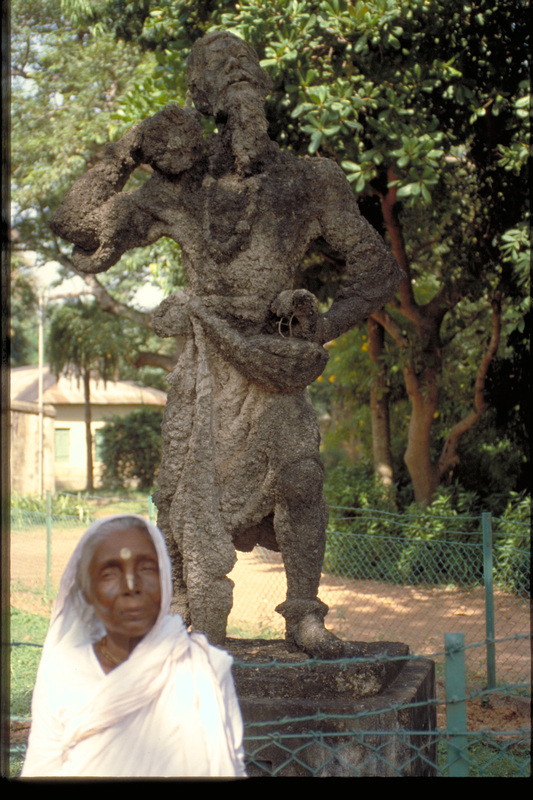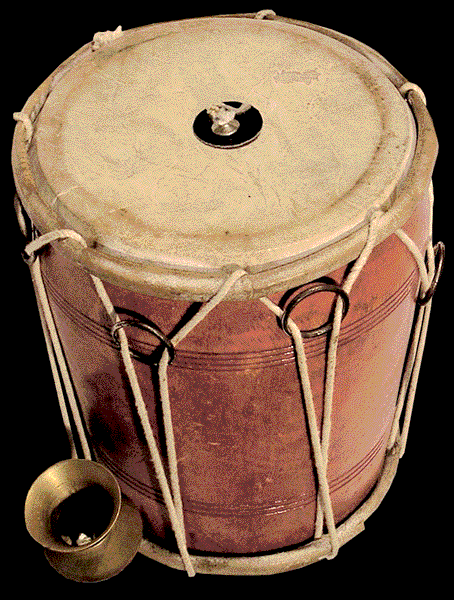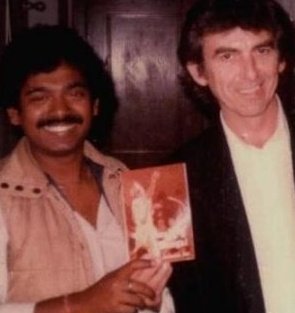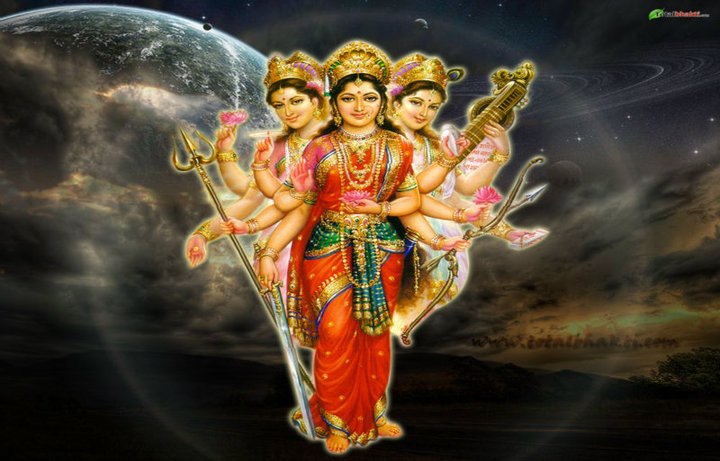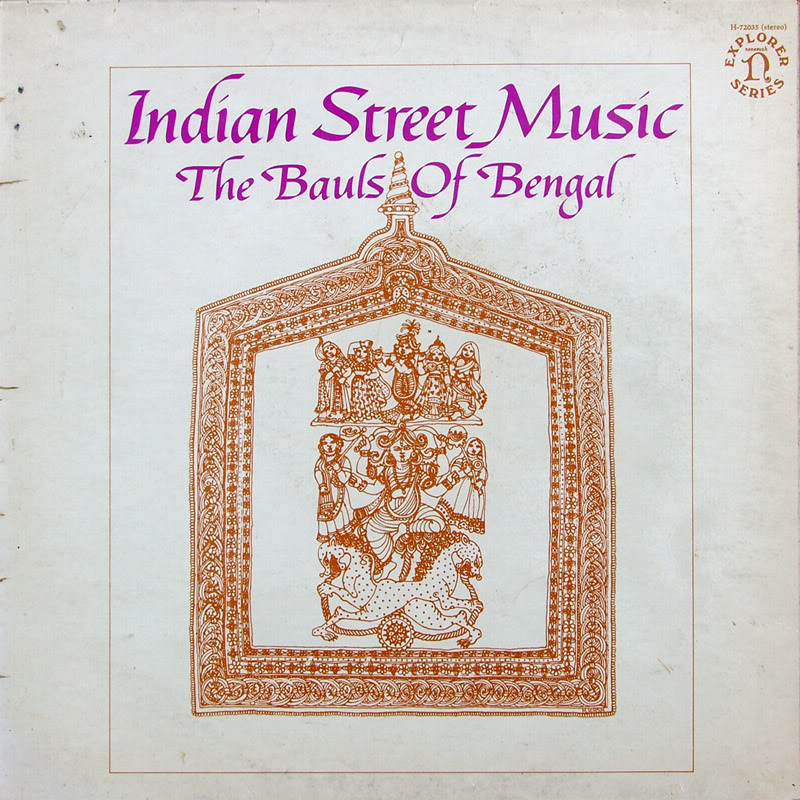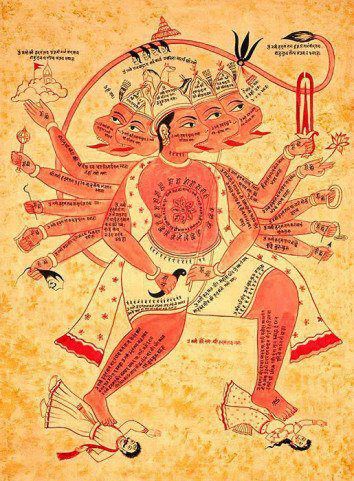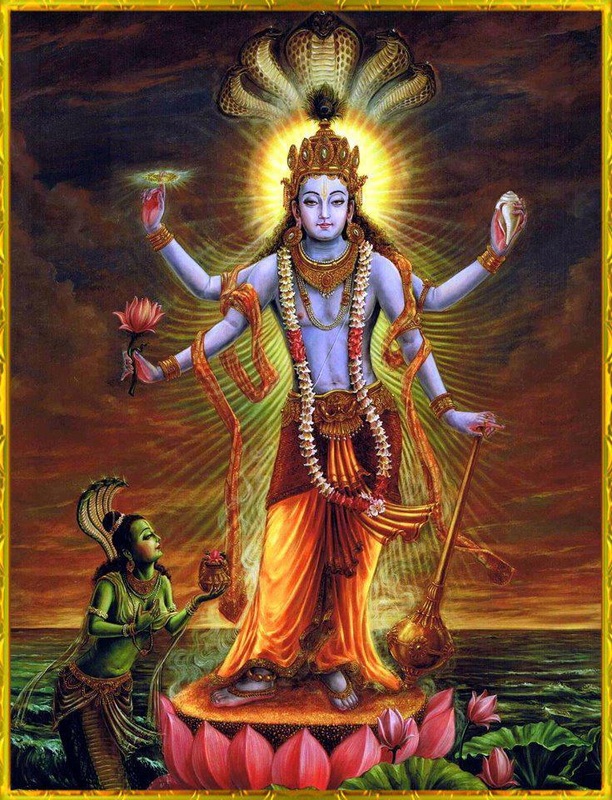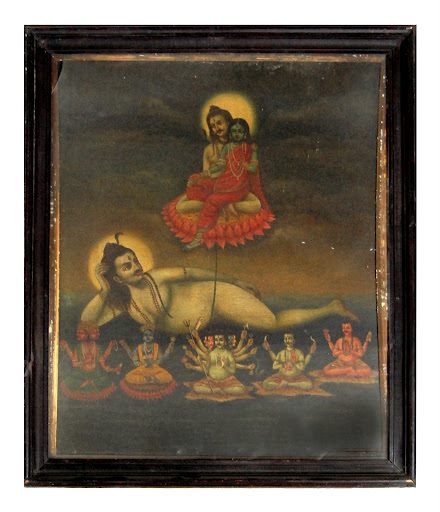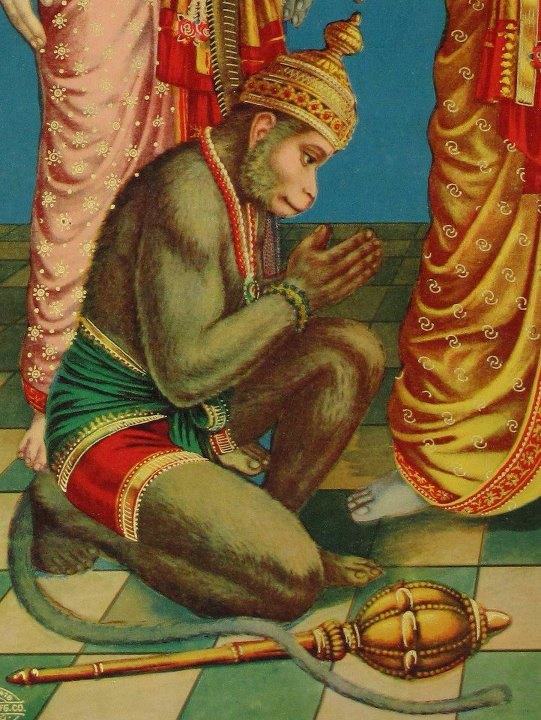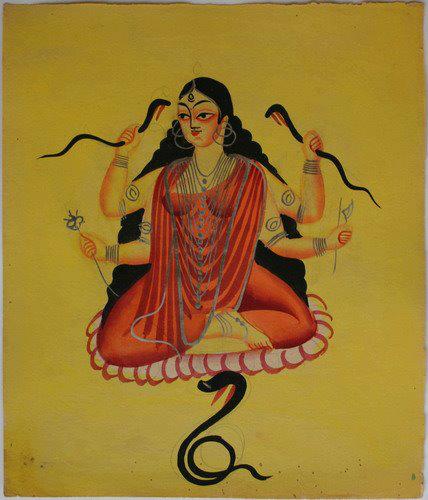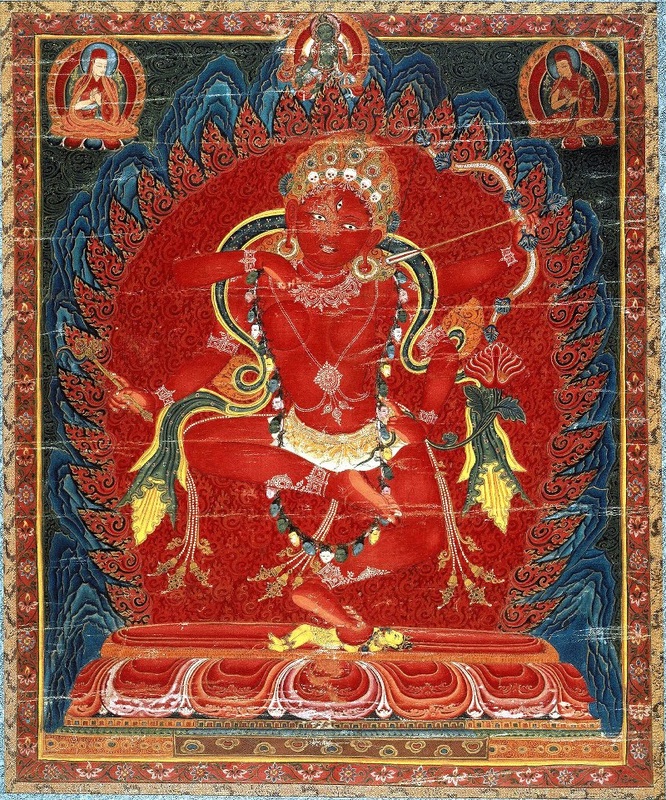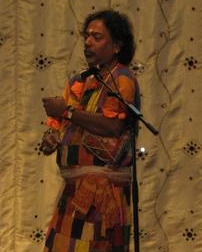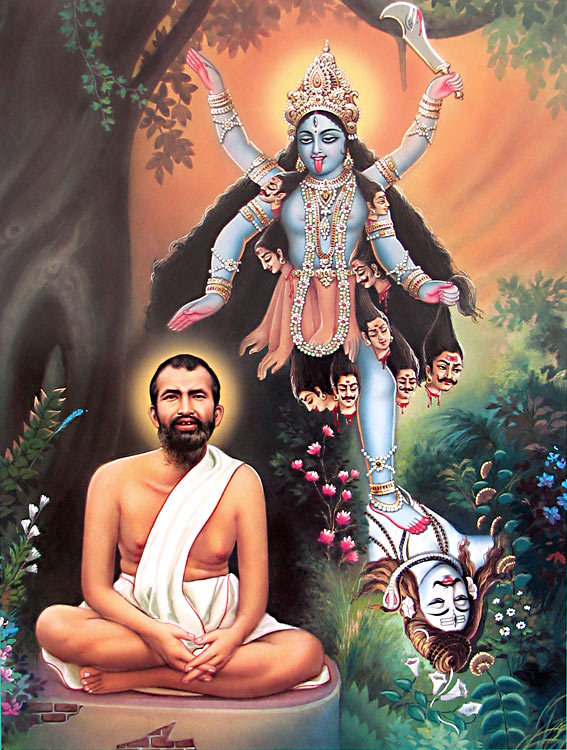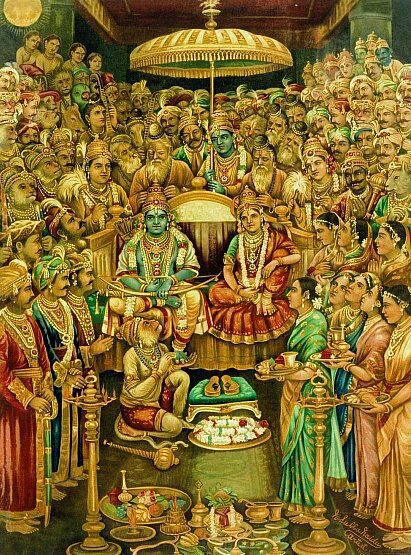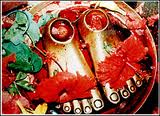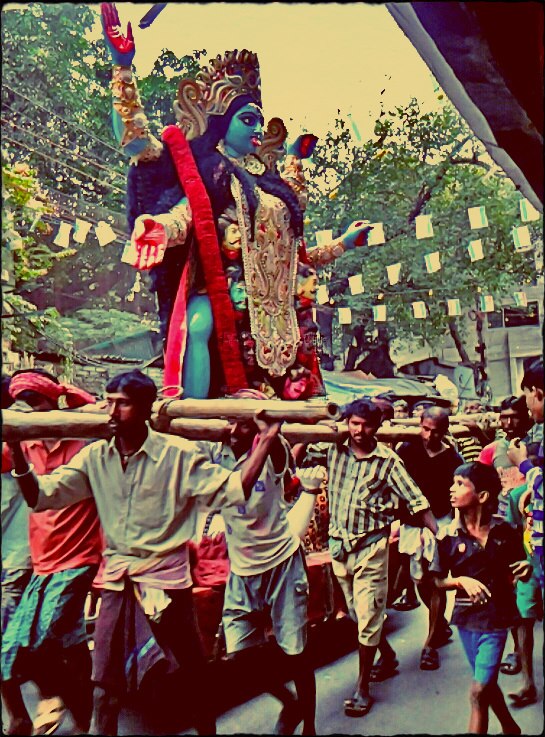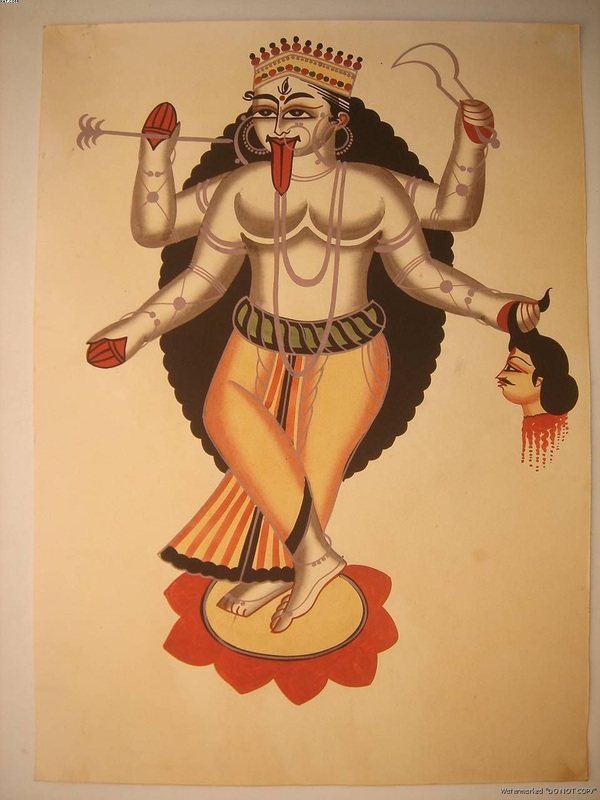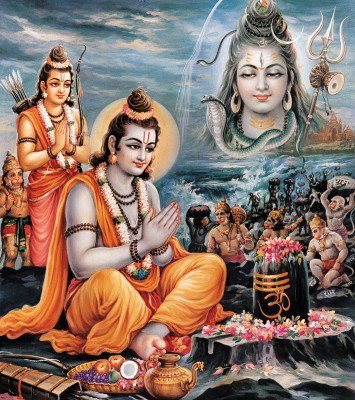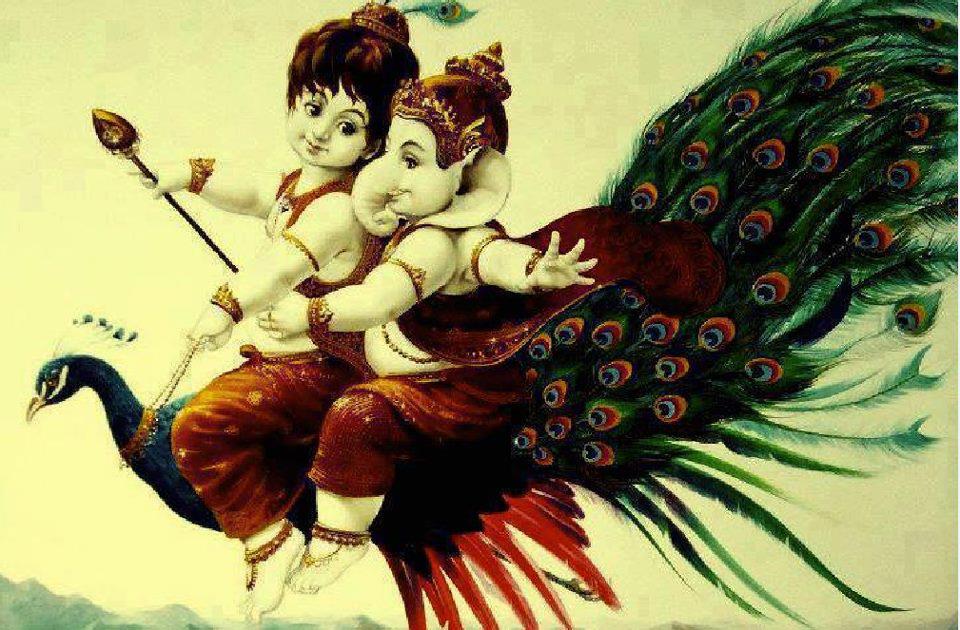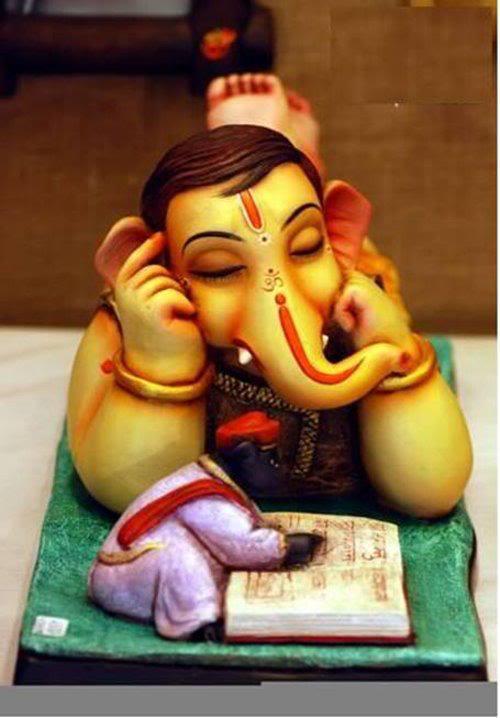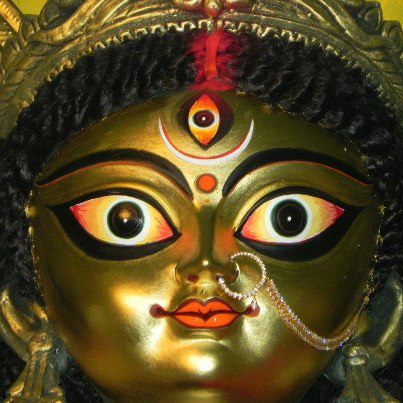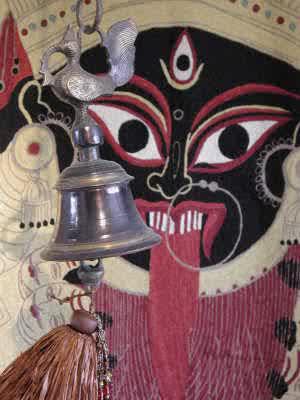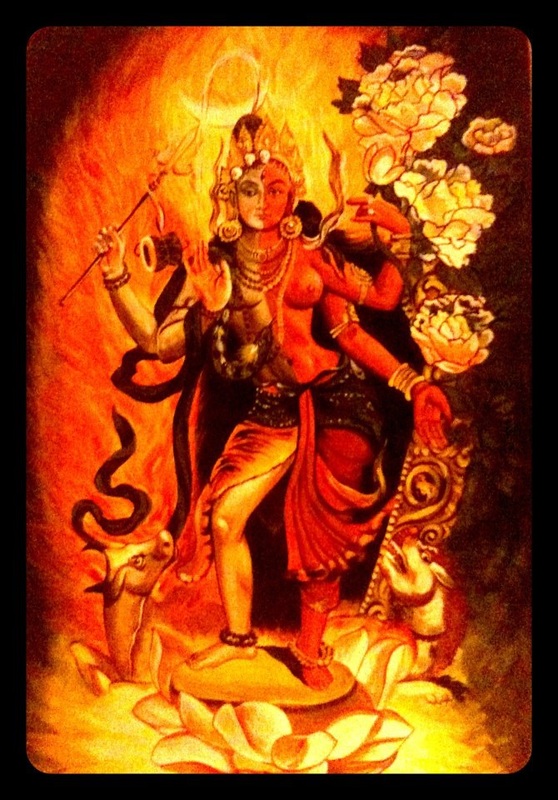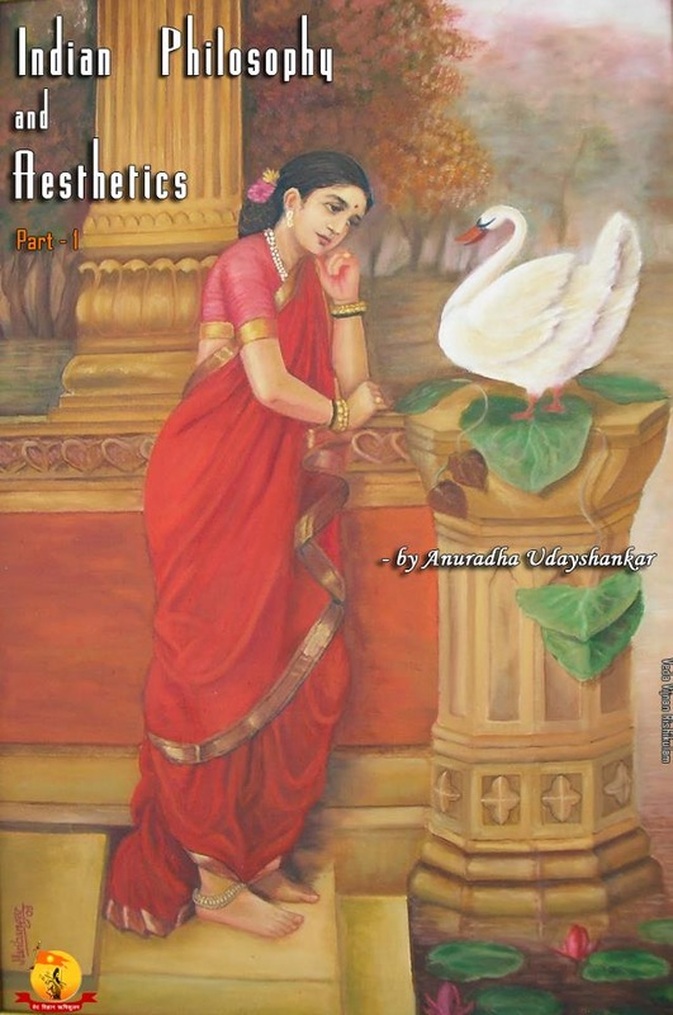
|| Indian philosophy and Aesthetics ||
Part – 1
Professor M (Mysooru) Hiriyanna (7th May, 1871- 1950) was one of the greatest Samskrit thinkers and Vedantic scholars of the 19th-20thcenturies. An ...authority on Indian Philosophy (Bhaarateeya Darshanaaha), he was well versed in both the Sanskrit classics and English literature. His distinctive perception and insight into the philosophical spirit, and his concepts and doctrines of Indian Philosophy are recognized the world over.
A contemporary of Dr S RaadhaKrishnan, Prof Hiriyanna was known for his precision, scrupulousness and economy of expression. He was the pioneering philosopher who established the relationship between Philosophy andAesthetics, at a time when the world believed that " though a nation of Philosophers, The idea of the beautiful in nature did not exist in the Hindu mind!"(The philosophy of the beautiful, by William Knight). With his incisivein sight, he pointed to.
1)
The core concept of the Upanishads, which was as relevant to Philosophy, as to Art & Aesthetics.
2)
The central
point of this view was that “whatever is one is manifested most clearly in the inner self of Man, than in the outer world".
3)
This brought about a total revolution, as it led directly to the enunciation of THE ABSOLUTE KINSHIP OFNATURE & MAN.
This brings us to a few of his observations on:
1)
His enquiry into the character of beauty in Nature, as well as Art
2)
The advance made by the Indians into one bye-path of Philosophy, viz. AESTHETICS
:: To quote Prof Hiriyanna... ::
"The most noticeable feature of Indian Philosophy is the stress it lays upon the influence which Knowledge ought to have on life...None of the systems that developed in the course of
centuries in India stopped short at the discovery of truth; but each followed it
up by an inquiry, as to how the discovered truth could be best applied to the
practical problems of life.
THE ULTIMATE GOAL OF PHILOSOPHIC QUEST WAS NOT
KNOWLEDGE (TATTVAJNAANA), SO MUCH, AS THE ACHIEVEMENT OF TRUE FREEDOM (MOKSHA).
There is a second aspect of Indian philosophy, to which it is necessary to draw attention before speaking of Indian Art. The earliest Philosophy of India had a supernatural basis. Although the objects of early Aryan worship, were in reality only powers of Nature, there were supposed to be, working behind them, Supernatural beings. With an ideal like this, man naturally looked upon the present life as merely a passage to another and a better one. He lived mainly for the coming world, disregarding, if not altogether discarding,the realities of life. ASCETICISM was the natural outcome of it.
In course of time, this ideal of practical life, also underwent a change, no less important than the change on the speculative side.....and it came to be believed that the highest ideal of Man could be attainable on this side of death, here and now. The full development of this view belongs to the period that followed the composition of the classical UPANISHADS, but it's source can be traced earlier in those UPANISHADIC PASSAGES which refer to JEEVANAMUKTI.... JEEVANAMUKTI, to speak from the purely philosophic standpoint, marks the HIGHEST CONCEPTION OF FREEDOM. It is ONE OF THE POINTS WHERE INDIAN PHILOSOPHY EMERGES CLEARLY FROM INDIAN RELIGION; for, the goal OF EXISTENCE ACCORDING TO THIS
CONCEPTION IS NOT THE ATTAINMENT OF A HYPOTHETICAL BLISS HEREAFTER, but the finding of TRUE FREEDOM ON THIS BANK AND SHOAL OF TIME...
The aim of life was no longer conceived as something to be sought for BEYOND THIS WORLD,but to be REALISED HERE, and if one so WILLED, NOW. The NEW IDEAL was the achievement of A LIFE OF HARMONY, not through the extinguishment of, but by anEXPANSION OF INTERESTS.... Not through repressing NATURAL IMPULSES, but by PURIFYING AND REFINING THEM. It was the mode of living, characterized by PASSIONLESS PURITY AND AN EQUAL LOVE FOR ALL; such for instance is described in glowing terms more than once, in the BHAGAVADGITA.
In these two characteristic features of early Indian Philosophy, it seems to me, we have the main influences which moulded the THEORY OF ART as it is disclosed to us in SANSKRIT WORKS ON POETICS"
- from the desk of Anuradha Udayshankar
- Painting : " Hamsa Damayanti" by Raaja
Ravi Varma
Veda Vijan Rishikulam
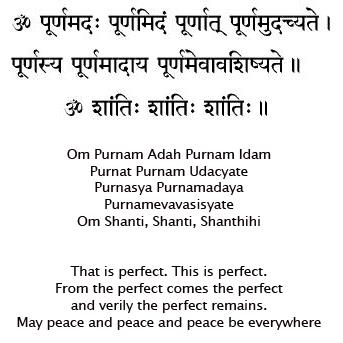
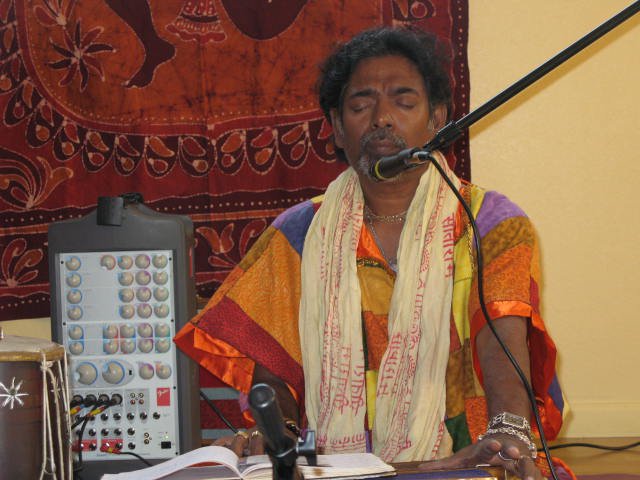
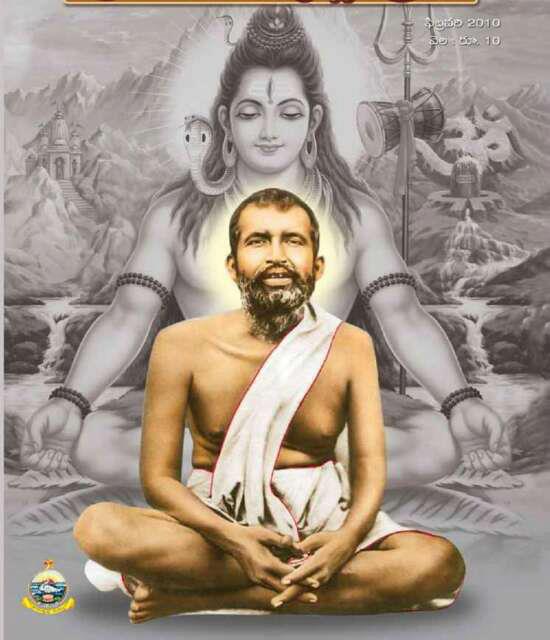

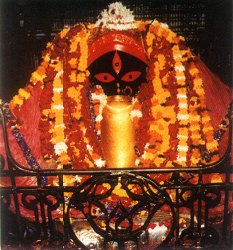
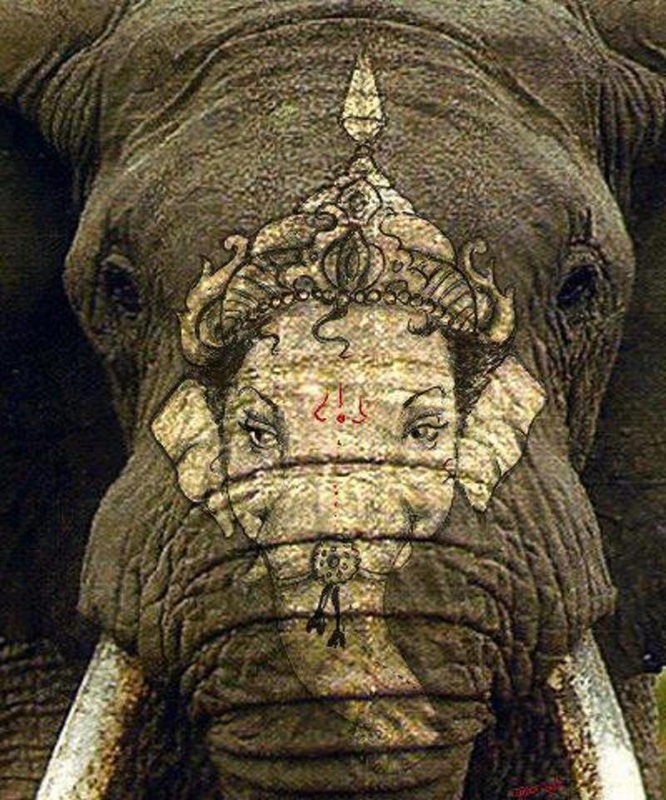
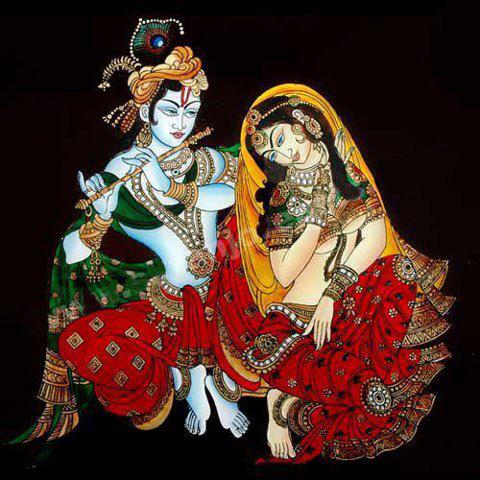
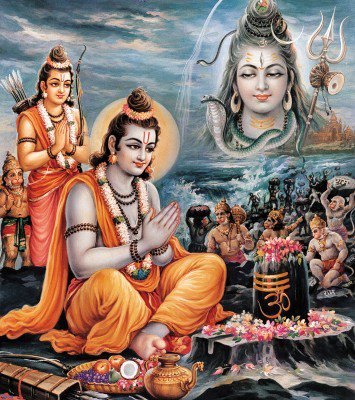
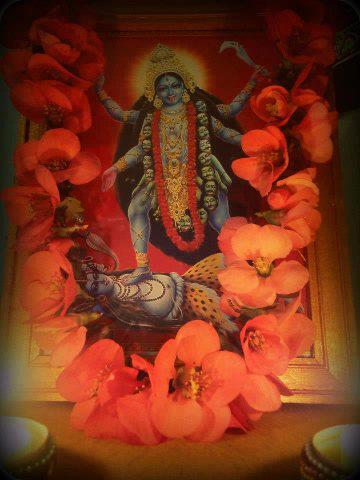
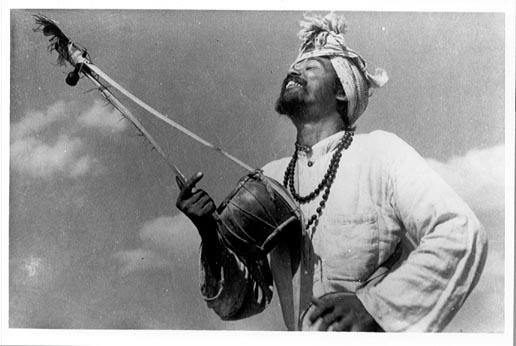
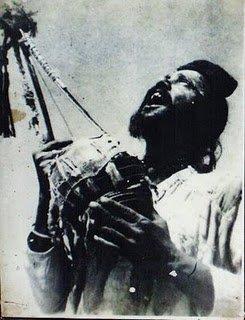
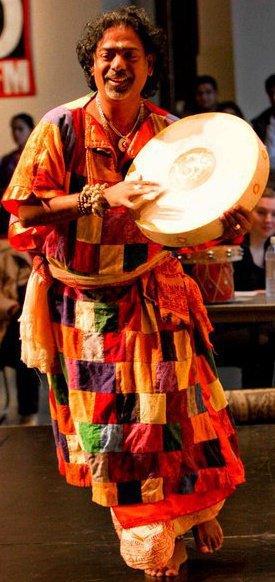
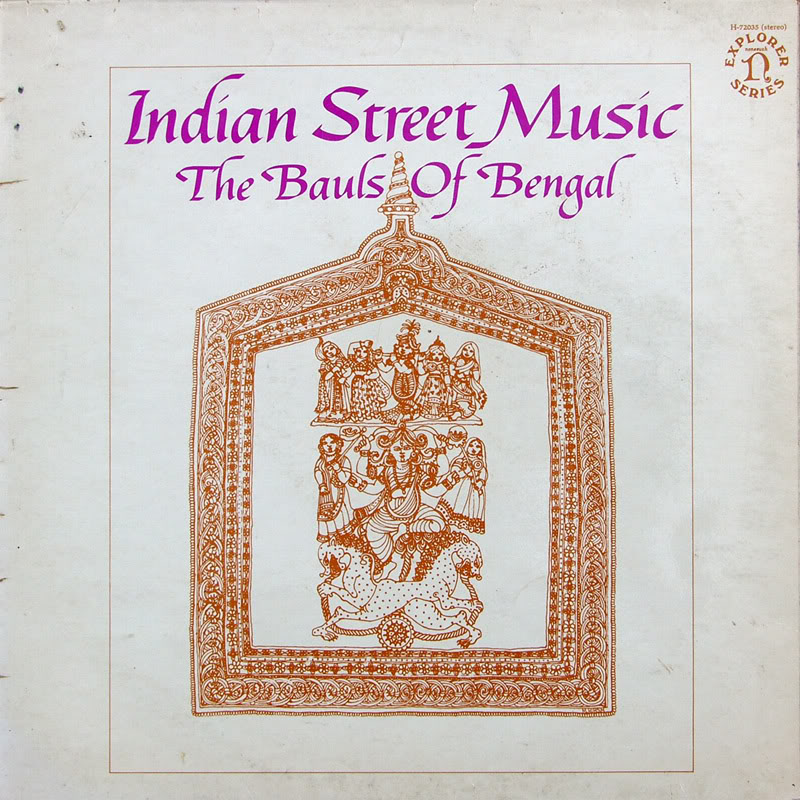
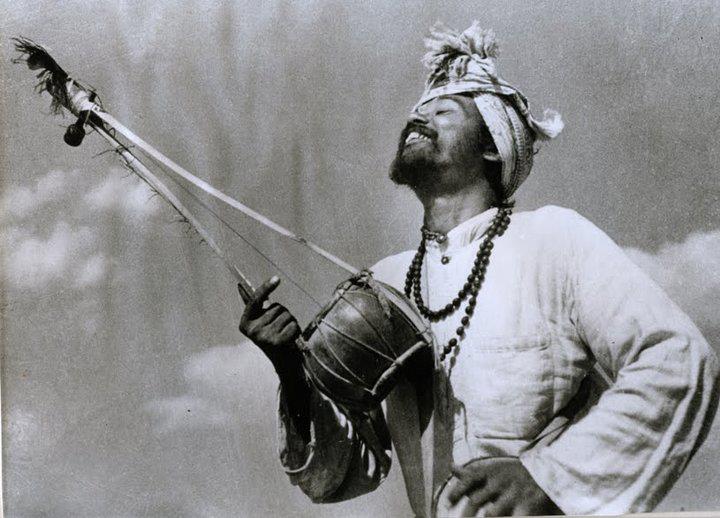
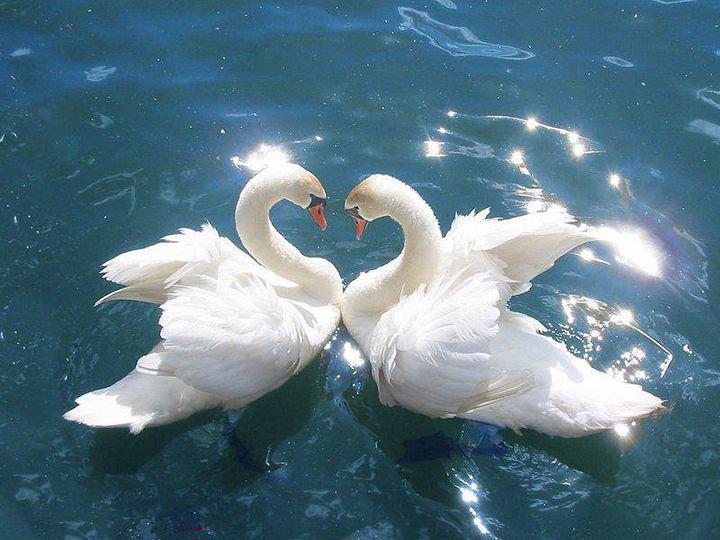
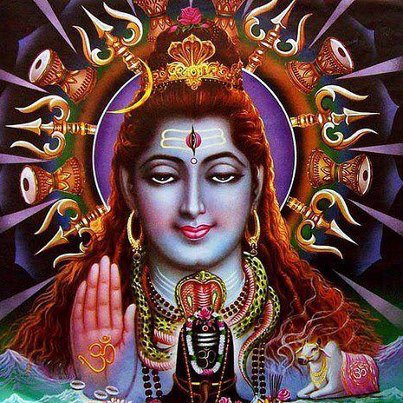
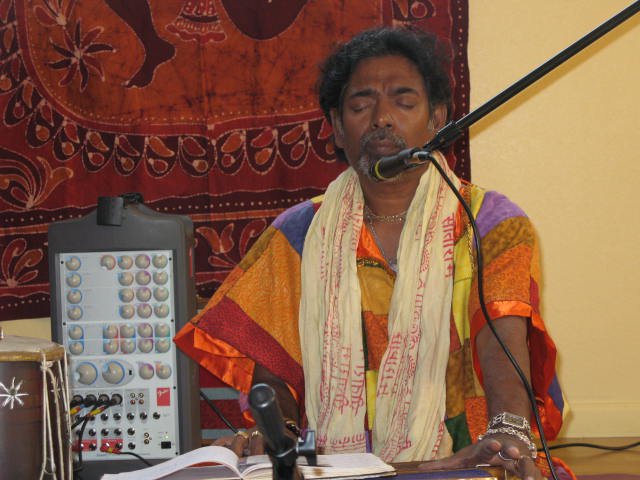
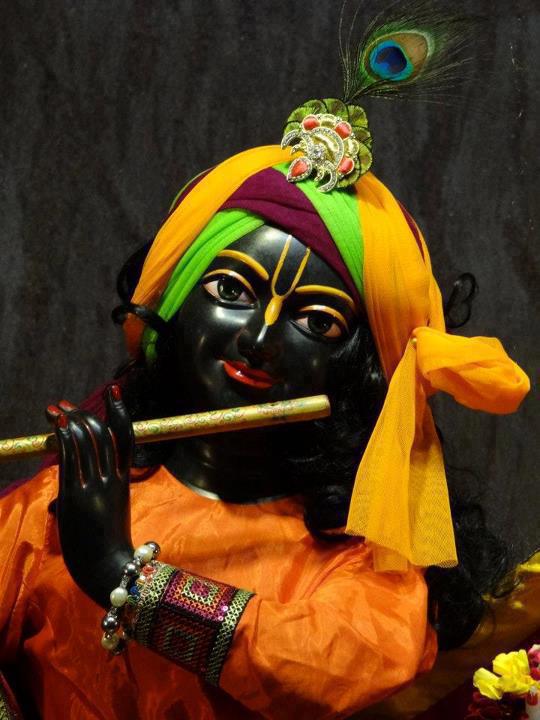
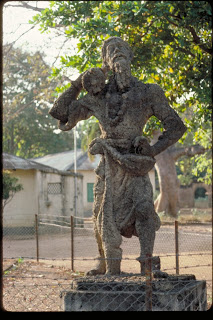
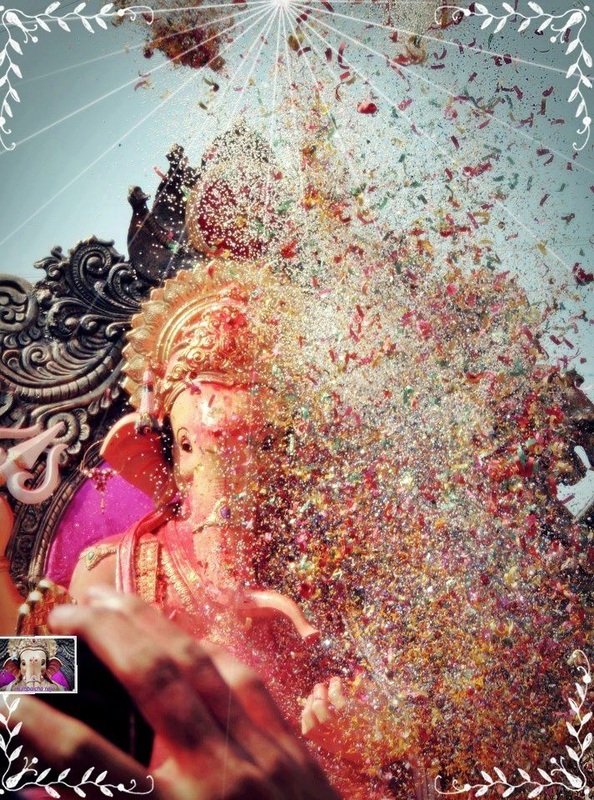
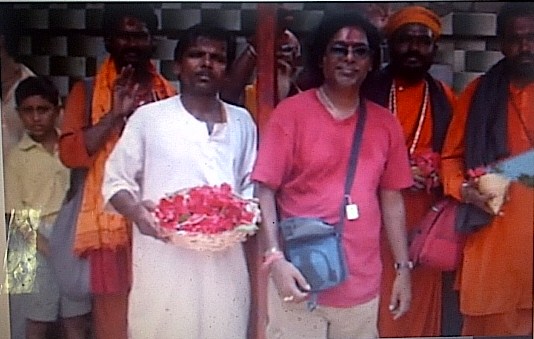
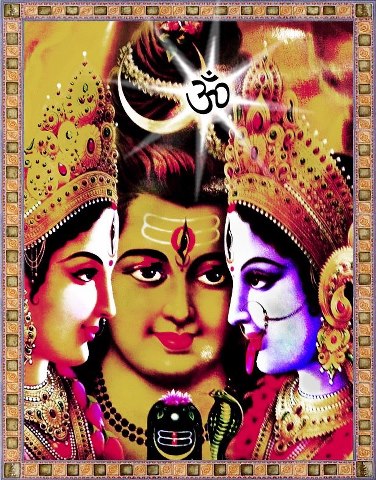
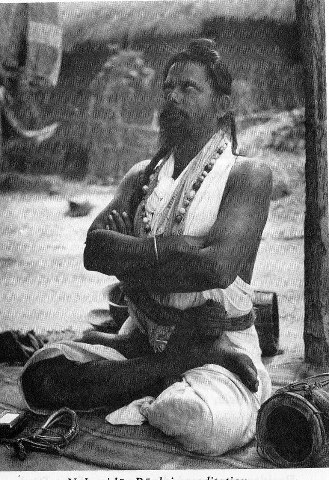
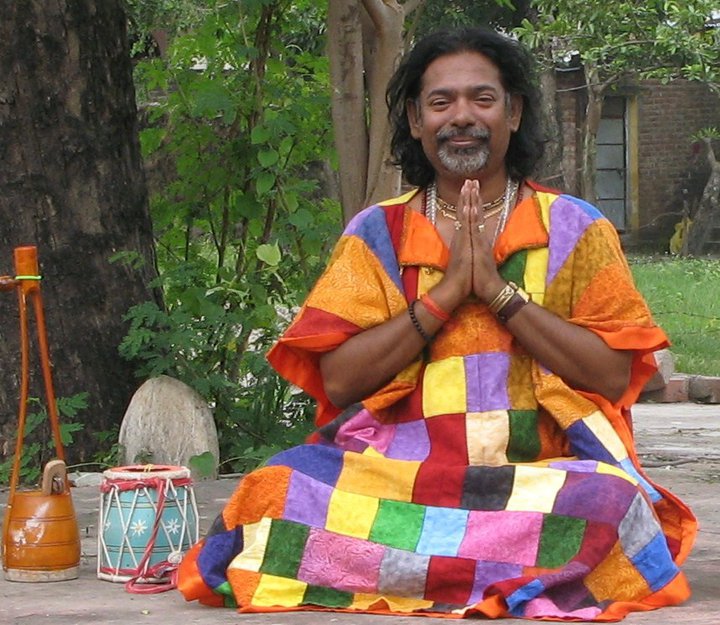
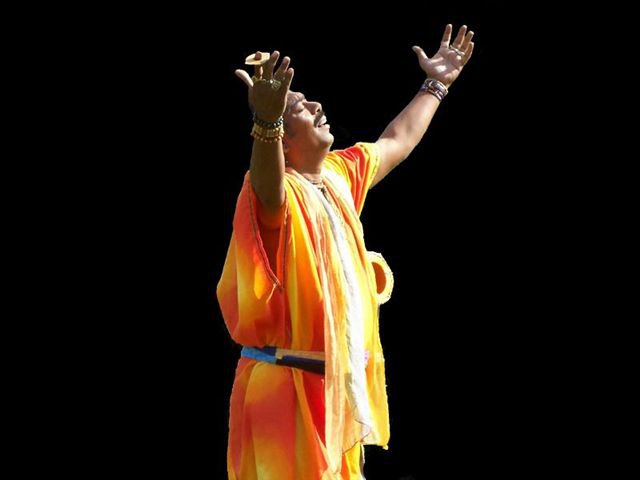
 RSS Feed
RSS Feed
